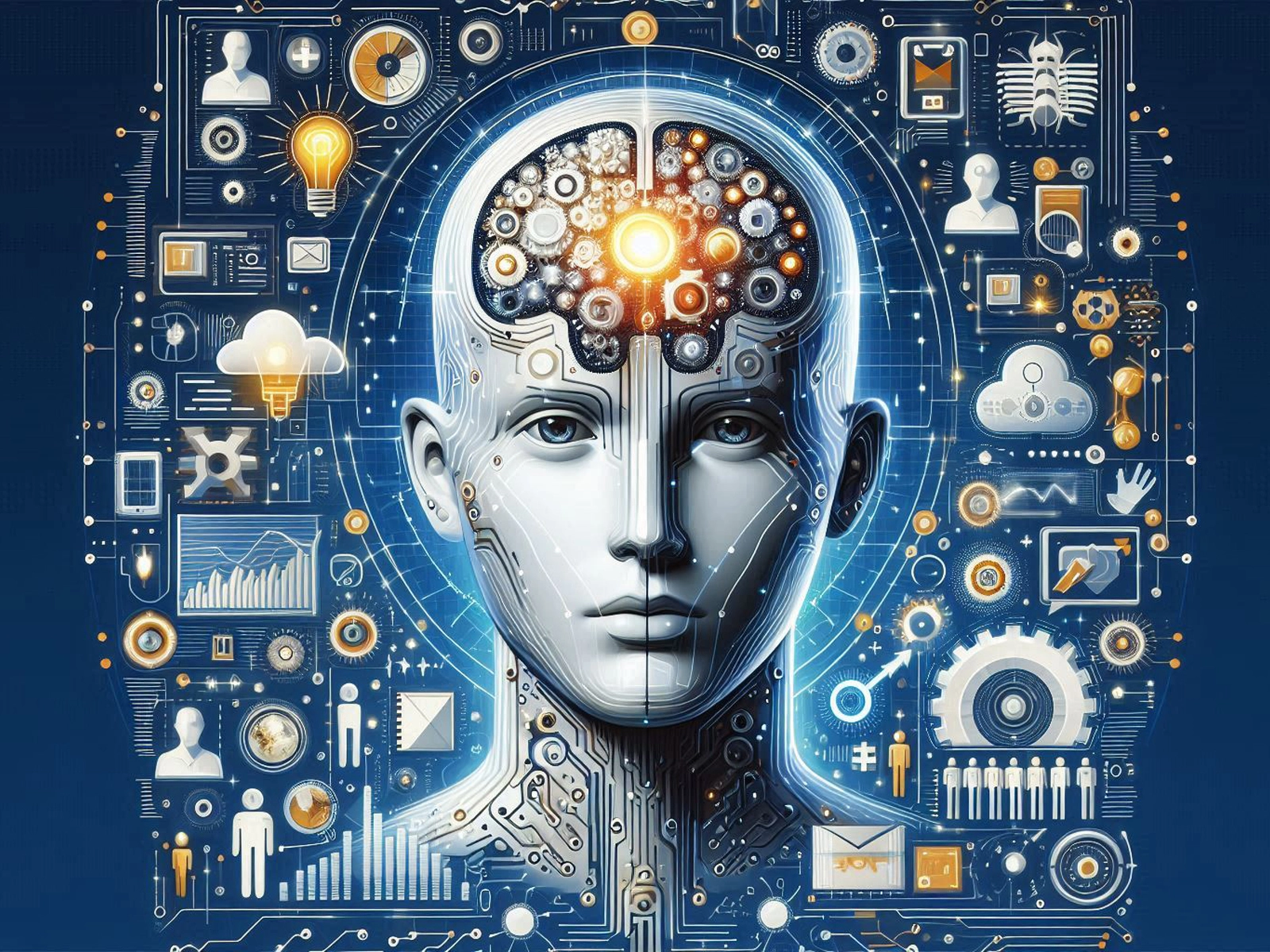
LinkedIn launches new features to improve ad personalization

AI Overviews by Google Changed Search Almost Overnight

Google Ukraine has released the ranking of the most popular search queries among Ukrainian users in 2025.

5 minutes
Simple mass content generation using AI will not yield the desired results. It is crucial to develop a structured AI-powered workflow that enables content production at scale while maintaining quality and relevance.
Start by creating a unique GPT-based model using ChatGPT or another large language model, tailored to the specific brand and industry. Leverage data collected during client onboarding, such as:
This approach creates a centralized knowledge base that evolves continuously throughout the content production process.
To ensure scalable, high-quality content production, it’s essential to establish a clear process where AI acts as an accelerator, and humans provide strategic thinking, creativity, and quality assurance. Below are the four key stages to successfully combine automation efficiency with human uniqueness.
Start with a deep analysis of business goals, unique value propositions, and your target audience’s pain points. Without this foundational understanding, no strategy will be truly effective. AI alone cannot interpret business realities or strategic priorities — these tasks are still human-driven. However, AI is an excellent tool for accelerating data gathering and idea generation.
Use AI to:
Next, cluster the keywords based on themes and search intent (informational, navigational, transactional). This helps you build a cohesive content structure tailored to every stage of the sales funnel and different search scenarios.
Always validate the results — don’t rely solely on AI. Confirm ideas using professional SEO tools such as Google Keyword Planner, Ahrefs, Semrush, or Google Trends. Pay attention to real search volume, keyword difficulty, SERP competition, and how well the queries align with your business goals.
Finally, create a prioritized content plan. Decide which topics to tackle first based on a balance of traffic potential, business relevance, and competitiveness. This helps ensure your content strategy is based on data, not guesswork — and addresses both short- and long-term SEO goals.
At this stage, AI becomes an invaluable assistant in streamlining and accelerating the content creation process. Start by generating content briefs: use AI to analyze top-performing pages on the selected topic. The tool will help identify the most common subheadings, key takeaways, and frequently asked questions that should be included in the article structure.
Next, use AI to produce the first draft. This is especially helpful for long-form content such as blog posts, guides, analytical pieces, or thematic longreads. It saves time and helps overcome the “blank page” syndrome familiar to every writer.
However, this is where AI’s role ends — and the human touch becomes essential. Content managers, editors, and subject-matter experts must now:
Thanks to this human-AI tandem — machine speed plus human creativity — the result is not only SEO-friendly but also genuinely valuable to the reader.
To maximize the impact of created content, transform it into different formats suited to specific channels and audiences. AI makes this fast and consistent, while preserving the core message.
Start by analyzing the primary content — for example, a blog post or analytical article — and then create:
AI can also generate summaries with key takeaways that can be tailored to various audience segments — for example, presenting the same insight differently for marketers, technical specialists, or C-level executives.
Still, despite automation, human oversight remains critical. Make sure all repurposed content:
This approach enables flexibility, personalization across audience groups, and significantly expands content reach — without the cost of producing entirely new material for every channel.
Automate data collection, organization, and analysis with AI to detect patterns in traffic, search ranking changes, and user behavior. With its rapid pattern recognition, the system can highlight content that needs optimization, topics generating interest, or pages losing effectiveness.
Based on these insights, you can:
However, effective decision-making requires more than automated reports. The human factor remains essential — specialists interpret the data in a business context, understand causal relationships, and provide recommendations aligned with real-world goals.
This hybrid model — where AI handles routine analytics and experts drive strategy — enables dynamic content strategy development that adapts to environmental changes and audience needs.
This process allows content creation to scale without sacrificing quality. AI boosts automation and efficiency, while humans contribute where it matters most — in strategy, creativity, and brand authenticity.
Use a combination of artificial intelligence and human intelligence to create balanced, high-quality, scalable content that boosts SEO rankings and strengthens your brand’s market position.
This article available in Ukrainian.
Say hello to us!
A leading global agency in Clutch's top-15, we've been mastering the digital space since 2004. With 9000+ projects delivered in 65 countries, our expertise is unparalleled.
Let's conquer challenges together!
performance_marketing_engineers/
performance_marketing_engineers/
performance_marketing_engineers/
performance_marketing_engineers/
performance_marketing_engineers/
performance_marketing_engineers/
performance_marketing_engineers/
performance_marketing_engineers/